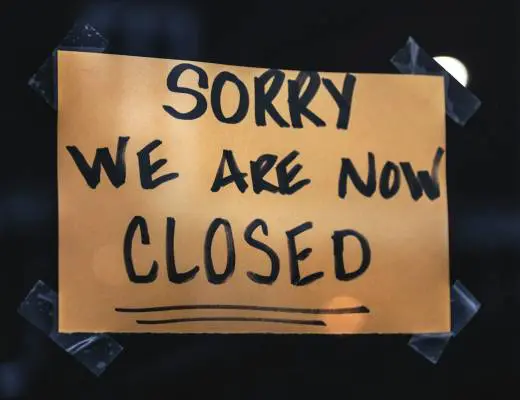 Each year, a variety of tactics appear that promise instant success if included in your inbound marketing strategy. First, there was tagging, and then keyword placement, which was followed by infographics and long content. For a few years, some of these strategies worked well, but they weren’t designed with a changing economy in mind — or the notion that Google would make serious changes to its algorithm. The latter pushed many companies to the end of the line. Many businesses lost a tremendous amount of money and, in some cases, had to close.
Each year, a variety of tactics appear that promise instant success if included in your inbound marketing strategy. First, there was tagging, and then keyword placement, which was followed by infographics and long content. For a few years, some of these strategies worked well, but they weren’t designed with a changing economy in mind — or the notion that Google would make serious changes to its algorithm. The latter pushed many companies to the end of the line. Many businesses lost a tremendous amount of money and, in some cases, had to close.
A new technique was needed — one that produced long-term results and wouldn’t be affected by the economy or Google’s updates. Dropbox and Mailbox stumbled upon this technique, and since their success, many companies have started imitating them. What is this technique that created such buzz in the business and marketing worlds? The answer is a simple one: explainer videos.
How Dropbox Became a Success with Just Two Elements
Many businesses have used explainer videos, but the vast majority of them didn’t yield the results they wanted. Their downfall was found in webpages they inadvertently overloaded. Customers would click on a landing page and be greeted with pop-ups, adverts for other companies, downloads, hyperlinks, and jarring graphics. It’s a common mistake that too many online businesses make. A good inbound marketing strategy is useless when overshadowed by five other marketing strategies.
Dropbox did it right. It created a simple, clean website to bring more focus to its product. In fact, the site only features an explainer video and a download button. The video explained the purpose of the product and gave the customer a chance to be sold on the idea of downloading it in the first place. Using this technique, Dropbox was able to pull in more than 100 million users. It was advertising at its best, and it was insanely simple. An explainer video, plus a user-friendly website, creates better customer retention.
Mailbox: A Success before Launch
Mailbox is similar to Gmail, but it promises improved visibility and a better layout than what’s currently being offered by other email providers. Since most people are comfortable with the email interface they currently use, it wasn’t going to be easy to get users to switch.
To make a consumer want to purchase or use a new product, he needs to understand why the product is better than what he is currently using. Mailbox did this with an explainer video as well. Not only did interest in Mailbox surge, but it became popular before the program actually launched. Within 24 hours of the video launching, the service already had 250,000 people waiting to sign up. The response was so enormous that the company had to create a unique reservation system to keep the traffic from shutting its servers down: Customers were placed in a virtual line to wait until their number was up and they could download the app. How is that for overnight success?
Why Did Videos Work So Well for Them?
Dropbox reaped so much success because it allowed the customer to establish a certain level of interaction with the company before signing up for its service. This increases trust among customers, which helps to fuel the best kind of advertising: word of mouth. This word-of-mouth advertising, combined with its no-frills website, helped increase its conversion rate by 10 percent — and added an extra $48 million in revenue in 2012. This is a massive financial conversion, considering they only had a 10 percent sign-in increase.
Another reason why explainer videos were so successful for these two companies is because videos stimulate the senses. Studies show that people retain 58 percent more information when they can hear and see something at the same time. It makes sense, doesn’t it? Clear, concise language and quick-hitting facts and details are also known to stick out in the brain, making it easy for people to remember those facts.
The more we revert back to those facts in our brain, the more we associate the business with them. This increases our chances of eventually buying a product. Explainer videos stimulate both the mental and visual parts of our brain, which are used when learning something new. Advertising that combines compelling language with related imagery will stimulate the viewer’s senses. If you want to be remembered, this is how you should do it.
These two businesses’ successes show that less actually is more when it comes to inbound marketing. If you can get the customer to come to you, your website should make the next step easy and self-explanatory. A video saves the customer from calling customer service to understand how a product works or calling sales to understand why he should use it. Explainer videos are short, fun, clear, and informative — all the things an online commercial should be.
Andrew Angus is an author, speaker, and founder/CEO of Switch Video, a video animation company that produces simple videos that “explain what you do” in an engaging and compelling format. Andrew is a thought leader in the online video industry, writing and speaking about the brain science behind making your company’s story stick. He welcomes people to reach out to him on Twitter or Google+, and he can be booked to speak on Speakerfile.




